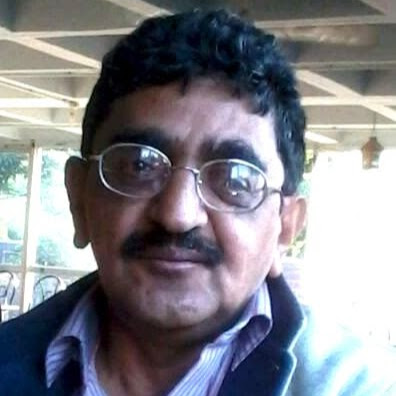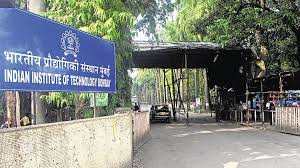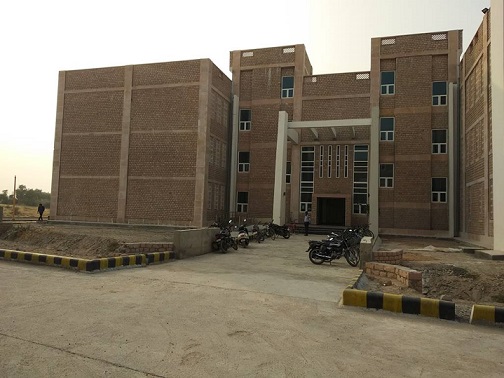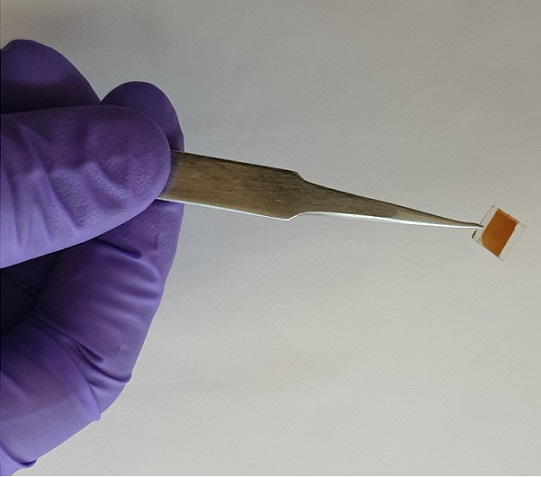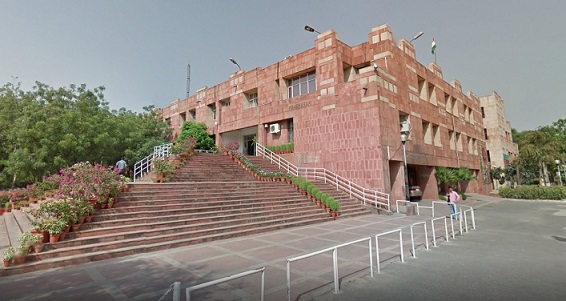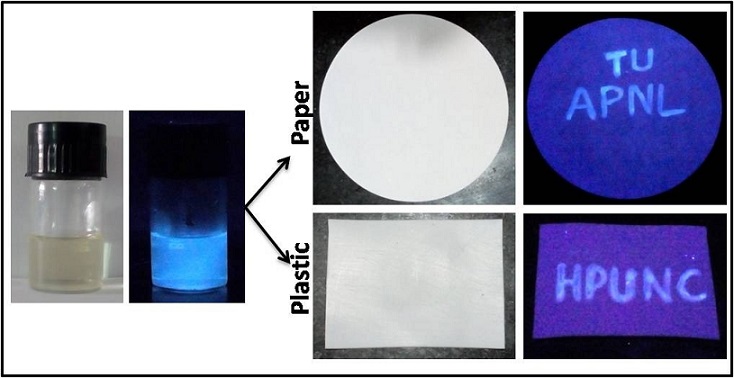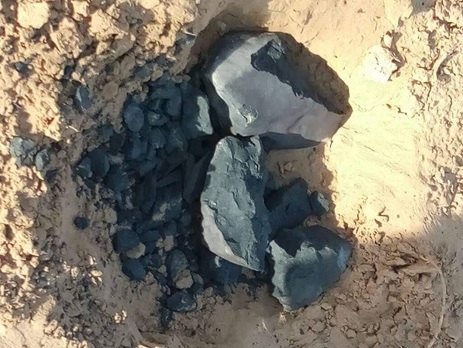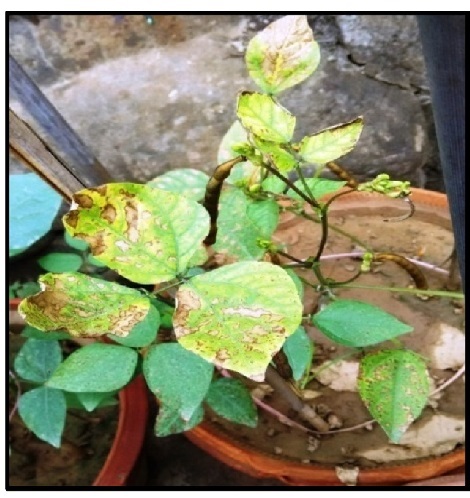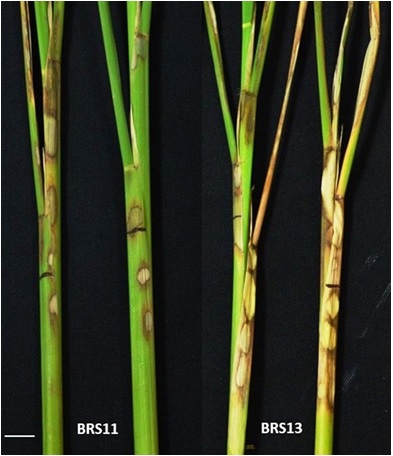3D printing of Eel kin collagen scaffold
In another instance of using technology to convert waste into wealth, researchers at Indian Institute of Technology-Hyderabad have developed a technique to derive collagen, which are used in tissue engineering, from the skins of Eel, which are commonly found discarded in coastal areas.
The study assumes importance as Collagen is usually extracted from bovine skin and tendons or porcine skin. These sources are associated with several problems such as the spread of diseases like the mad-cow disease. The extraction of collagen from Eel, a non-mammalian source, is therefore attractive.

Dr.Subha Narayan Rath and his colleagues at their lab
" The advantages of this new extraction process are twofold. Not only does it serve to provide a sustainable and safe source for collagen but also helps in waste management. "
Member of the study team and Associate Professor in the Department of Biomedical Engineering at the Institute, Dr. Subha Narayan Rath said, “The advantages of this new extraction process are twofold. Not only does it serve to provide a sustainable and safe source for collagen but also helps in waste management. Eel skin and fish skin wastes are commonly discarded in coastal areas, or even disposed of in the sea, which leads to a cascade of events due to breakdown of organic matter and reduction of oxygen levels in sea water.”
The research team derived collagen from Eel skin by treating it with acetic acid, common salt and pepsin, which is an enzyme that can break proteins. It is part of the digestive systems of humans and many other animals, where it helps digest the proteins in food. The researchers then combined the collagen with alginate hydrogel and used a 3D printing process to obtain scaffolds. The scaffolds were tested and found to allow extensive growth of stem cells.
Besides Dr. Rath, the team included Young Scientist Fellow, Dr. Mano Govindharaj, and Research Scholar Mr. Uday Kiran Roopavath. They have published a report on their work in Journal of Cleaner Production. The Government of India’s Department of Science and Technology’s Science and Engineering Research Board (DST-SERB) funded the study through the National Postdoctoral Fellowship Scheme (N-PDF).
India Science Wire
